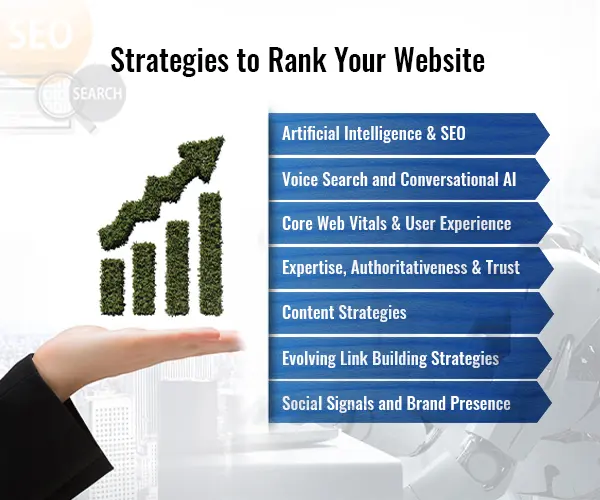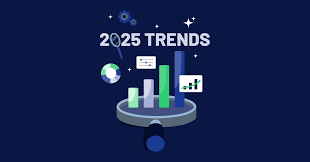SEO Strategy Guide: AI Integration, Core Web Vitals & AEO
In an era where digital presence defines business success, SEO has evolved far beyond simple Google rankings. Welcome to the new age of omni-platform SEO, where visibility across multiple channels and adaptation to emerging technologies determine your digital success.
🌟 Need more insights? Check out The 3M Content Playbook and Mastering Content, Traffic, and Conversions.
The Modern Search Landscape: A Paradigm Shift
The search ecosystem has fundamentally transformed. Consider these revealing statistics:
- Google’s organic click-through rates have dropped to below 20%.
- 47% of product searches begin on Amazon.
- YouTube handles over 2 billion monthly searches.
- Reddit engages 50 million daily active users.
- LinkedIn generates 200 million daily content impressions.
For B2B companies, the journey is even more complex, with buyers consulting 6-8 different platforms before making purchase decisions.
🎯 Dive deeper into trends: Top 5 Marketing Trends Every CEO Should Know in 2025.

Core SEO Components for 2025
1. Authority Building
Modern backlink strategy prioritizes quality over quantity:
- Focus on industry-relevant, authoritative sites.
- Natural placement within meaningful content.
- Contextual anchor text.
- Regular content updates.
- Domain authority relevance.
🔗 Pro tip: Boost Your Website’s Technical SEO.
2. User Engagement Metrics
Critical engagement benchmarks:
- Time on page: Above 2:32
- Bounce rate: Below 55%
- Pages per session: 2.5+
- Return visitor rate: 25%+
For real-world examples, read: Why Your Website Isn’t Converting & How to Fix It.
3. Technical Excellence
Essential technical requirements:
- Mobile load time: Under 2.5 seconds
- Desktop load time: Under 1.8 seconds
- Comprehensive schema markup
- Mobile-first design
- Core Web Vitals compliance
Learn more: SEO Resurrection: 10-Step Guide to Recovery.
Emerging SEO Paradigms
Answer Engine Optimization (AEO)
AEO represents the evolution from keyword-based to answer-based optimization:
Key Strategies:
- Question-answer content structure.
- Featured snippet optimization.
- FAQ schema implementation.
- Conversational query targeting.
- Voice search optimization.
🔑 Explore: Recover from Algorithm Updates.
Generative Engine Optimization (GEO)
Optimizing for AI-powered search engines requires:
Implementation Components:
- AI-friendly content structure.
- Clear information hierarchy.
- Verifiable source citation.
- Entity relationship mapping.
- Machine-readable formatting.
For actionable advice, visit: Future-Proof Your Business in 2025.
Platform-Specific Optimization
Google Strategy
- Structure content around specific questions.
- Use intent-matching headers.
- Include data-driven insights.
- Create scannable content.
- Implement visual elements.
Explore the SEO Trends in 2025.
YouTube Strategy
- Front-load key information.
- Prioritize visual demonstration.
- Include comprehensive timestamps.
- Optimize video descriptions.
- Strong calls-to-action.
Discover: From Clicks to Conversions: 10 Strategies.
AI Tools in Modern SEO
Content Optimization
AI-powered tools enable:
- Topic clustering.
- Content gap analysis.
- Keyword opportunity discovery.
- User intent mapping.
- Performance prediction.
Learn how to Master SEO Content Creation Step by Step.
Conclusion
SEO in 2025 demands a sophisticated, multi-faceted approach combining traditional techniques with emerging paradigms. Success requires not just technical excellence, but a deep understanding of how different platforms and formats work together to create a comprehensive digital presence.
For a deeper dive into digital marketing strategies, read B2B Content Marketing Playbook for 2025.
Let’s redefine what success looks like in SEO!
This post strategically integrates links to relevant content while keeping it engaging and informative.

Leave a Reply